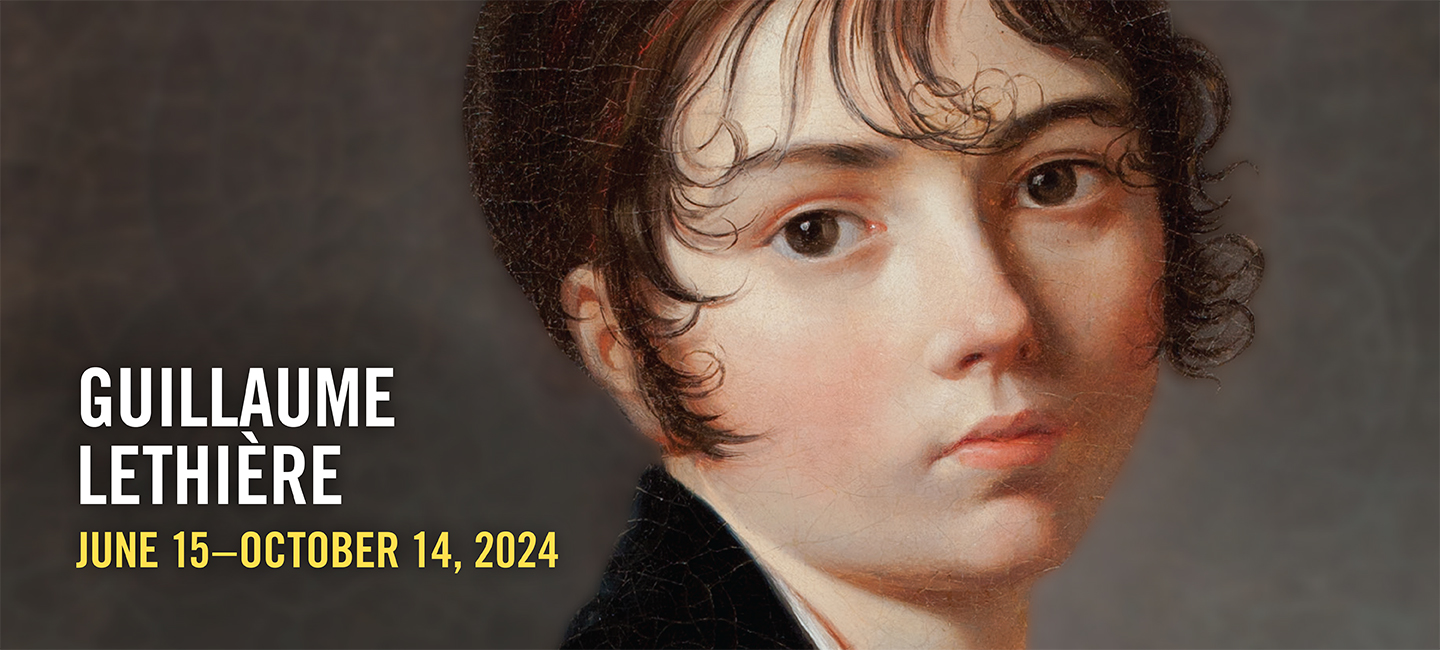Guadeloupe and the Caribbean Islands
 Jacques-Nicolas Bellin, Map of the Islands of Guadeloupe, Marie Galante, and Les Saintes, 1759. Bibliothèque nationale de France, Paris, département des Cartes et plans, GE SH 18 PF 155 DIV 2 P 12/2
Jacques-Nicolas Bellin, Map of the Islands of Guadeloupe, Marie Galante, and Les Saintes, 1759. Bibliothèque nationale de France, Paris, département des Cartes et plans, GE SH 18 PF 155 DIV 2 P 12/2Guadeloupe is a Caribbean archipelago consisting of six principal islands—Basse-Terre, Grande-Terre, Marie-Galante, La Désirade, and the two inhabited Îles des Saintes—as well as many uninhabited islands. It is situated south of Antigua and Barbuda and Montserrat and north of the Commonwealths of Dominica and Martinique. The islands were once inhabited by Indigenous peoples of the Americas, namely the Kalinago, who called it Karukera or “Island of Beautiful Waters.” Christopher Columbus was the first European to make contact with the islands in 1493, giving them the name of Guadeloupe. It was not until 1635 that France colonized the islands, leading to the brutal deaths of many Indigenous people by violence and disease. Institutionalized slavery was established in 1685, leading to a lucrative plantation economy and creating vast wealth for the French settlers. Slavery was abolished in 1794, reestablished in 1802, and only definitively abolished in 1848. In 1946, the colony of Guadeloupe became an overseas department of France, and in 1974, it became both a department and region of France. Although several movements for independence occurred in the second half of the twentieth century, Guadeloupe remains an overseas department and region of France today.
